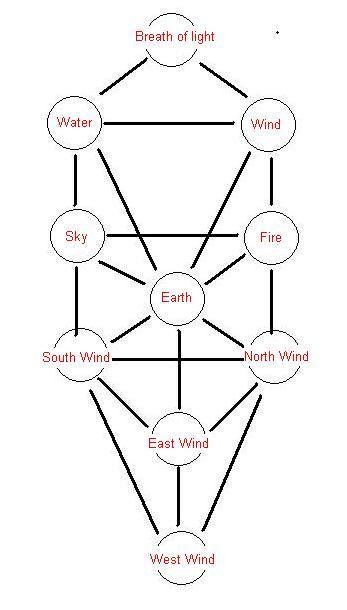‘If temporality has a beginning and an end, what was this beginning and what will be the end? And what is before the beginning and after the end?… The questions are metaphysical and the answers therefore equally so. But the essence of the myth, or belief is a conception of Time as finite – that is with a beginning and an end, what I have called temporality – and this finite Time is then set against God’s Eternity… Time only began with the Creation, and will end with it. God is in Eternity, not Time…
In a sense the dialogue between God and the world is the dramatization of the metaphysical relationship between Eternity and Time. And the music of the angels is part of the expression of this drama – as indeed the angels themselves are important actors in the drama. So that keeping these two aspects of dialogue and relationship in mind we can say that, in the history of God’s dealings with man, the next most dramatic moment after the Creation of the universe and Time was the irruption of Eternity into Time through the birth of Christ as God and man. This inexpressible moment of the divine drama – inexpressible by man that is – was actually expressed by the simultaneous appearance of the angels to the shepherds. What the angels then sang was the expression of a minute vision of Eternity…
… the angels do not really enter the scheme of Christian redemption, their function remains what it always was, the everlasting worship and praise of God, not in Time, of course, but in Eternity… it is all a metaphor. The music of the angels is the expression of Eternity as against Time’ (Michael Tippett, Music of the Angels, 1964).






Recent Comments